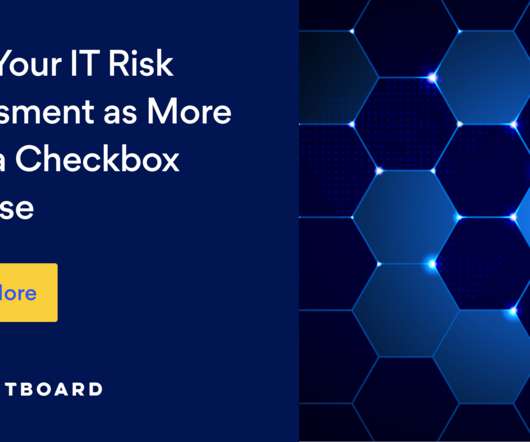PCI DSS 4.0: How to Ensure You're in Compliance
Audit Board
APRIL 1, 2022
To ensure that businesses meet that expectation, Visa, MasterCard, American Express Discover, and JCB, alongside the PCI Security Standards Council, created the Payment Card Industry Data Security Standard or PCI DSS for short. PCI DSS v4.0 To help ensure smooth adoption, the previous standard, PCI DSS v3.2.1,



















Let's personalize your content